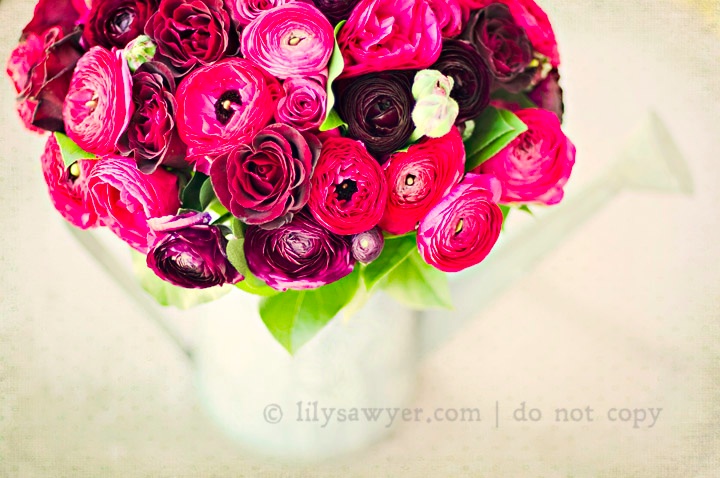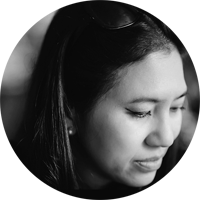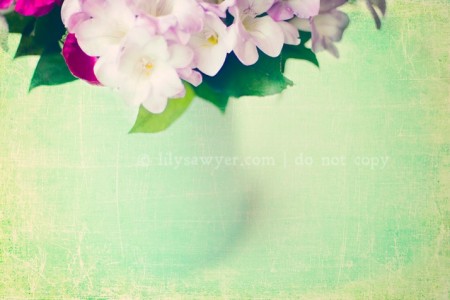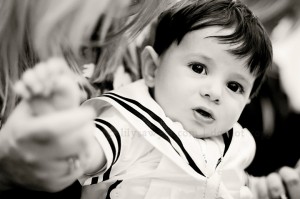I’m in the middle of heavy editing and feel like a break is in order, so I’m writing this. If you are not into photography, stop here as this will bore you. Before you go, here’s an image – this is a photography blog after all and a blog is never as visually good without a photo…
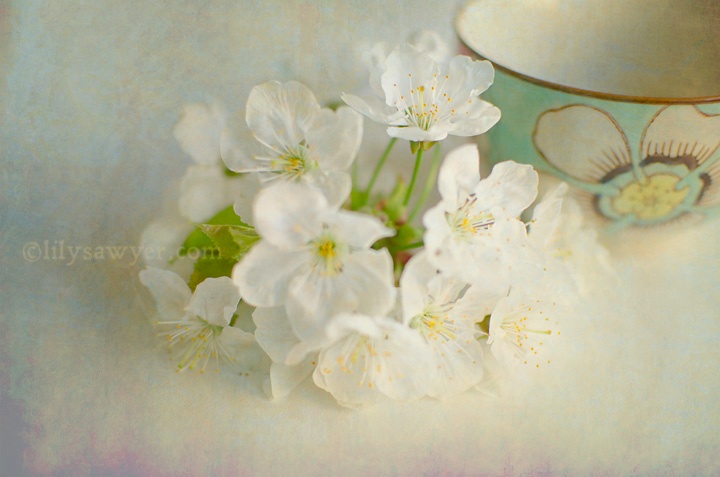
The Review
Warning: This is a non-technical review, just so you know. It’s my personal review from a user perspective. You won’t find deep techie words here (ok maybe 1 or 2 that I cannot explain well enough you might have to google them yourself), just plain English.
I have had my D90 for just over a 1 year and have used it for 20 shoots not counting in my own personal practice shots. Used with good lenses, it has performed well every time and has never let me down.
I’ve had the D7000 for 2 weeks and have used it with the same 4 different lenses for test shots and 2 photoshoots: 1 wedding largely shot outdoors, and 1 Christening largely shots indoors. I guess it would be fair to say these are my first impressions.
And it’s a WOW! If you like soft, then you would probably love this lens. When shooting wide open at 1.4, it gives a softness and creaminess that I don’t get with the D90. However, I did get some halo around some white edges (I think known as Chromatic Aberration – I just googled it!) on 3 shots when shooting outdoors in the shade with bright background light bouncing everywhere. I originally thought this was part of the softness and glow I get from this camera but on closer inspection, it’s probably down to my settings – a combination of bright light, low ISO and SS and very wide aperture. Strangely enough, I took about a dozen shots directly at the sun and didn’t get any CA! The bokeh (blur) also seems more gradual and yet more pronounced in a beautiful kind of way.
I shot with the white balance set on Auto and the results were pretty accurate and consistent – somewhere along mid-cool and mid-warm. This suits me fine and gets my images ready for post processing; I found I hardly touched anything in Camera Raw, just the occasional exposure adjustment, nothing else, thereby speeding up my workflow.
Not a big fan of using high ISO, I had it set most of the time on 100 when outdoors which I couldn’t get on the D90 (which only had 200 as the lowest) and this is probably one of the reasons why it gives that super soft look. However, without a tripod on the same setting as above, the sharpness can suffer easily. But not a bad thing completely because it makes me slow down, think about my shots more and wait for the moment and therefore makes me extra careful so my images are more tack sharp.
Indoors, I used it on 500 and 800, reluctantly if I may add, with my fear of unwanted noise. During processing, there was not a glimpse of noise to be seen. I love this camera. I might even try using 800+ more often!
Having gotten used to the 11 focus points on the D90, I was a bit daunted by the thought of using 39 focus points during a fast shoot, but I used this anyway. I didn’t realise how much I enjoyed this accuracy of focus until I switched back to 11 at one point when I thought my fingers might not be able to keep apace that I felt disappointed – the 11 point was not good enough anymore!
Now to the body. It is a tad bigger than the D90 but very little difference in weight. It’s pretty amazing how dinky this professional standard camera is. But I like the way it fits in my hands. My grip seems to be better on this camera, there is just enough ‘more’ to the size to give it the substance that feels quite nice and secure; I have small hands.
Where it gets minus points from me are the buttons and dials. The on and off switch is a bit sticky and the buttons are not shiny and ‘snappy’. I have to depress the delete button hard and all the way down before it deletes the photo. The black dial with the arrows are sometimes a tad slower in responsiveness compared to the D90.
However, the LCD screen is super. Clear, sharp, pretty amazing. It is also a tad bigger than the D90’s. The controls on the top and back have been somewhat streamlined as Nikon have got rid of some things on the D90 that I never used anyway. There is an option for quiet mode for the shutter. But oh how I love hearing the click of that shutter – it has a somewhat ‘slower’ click sound that reminds me of old SLRs before the digital age, but smooth and dare I say it sexy!
I like the little latch that keeps the battery in place even when the cover is open – stops it from sliding down. A big plus is the dual slot for the memory cards and very easy to use in terms of choosing their roles. The top LCD screen shows you which slots have cards in too which is handy.
In a nutshell, I find that the RAW images I get from the D7000 are generally better and respond well to post processing resulting in a workflow that is a little more streamlined and images that are more striking.
Wow, you actually stayed with me to this point, I’m very honoured…As a thank you, here’s another photo taken with the D7000 (which has just received the ‘red dot award‘)
You can get the Nikon D7000 Digital SLR Camera with 18-105mm VR Lens Kit (16.2MP) 3 inch LCD here.
a cheeky sneak peek from the wedding…
